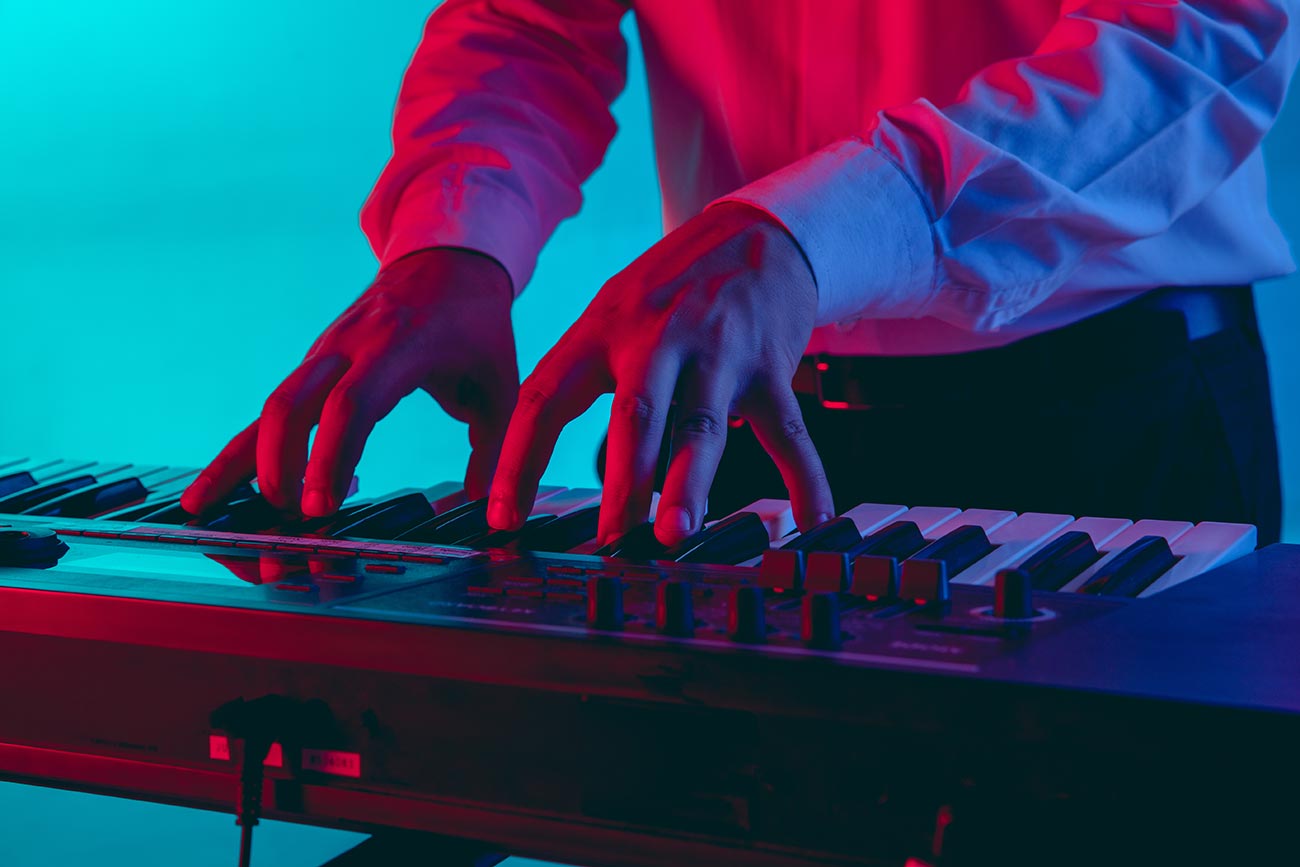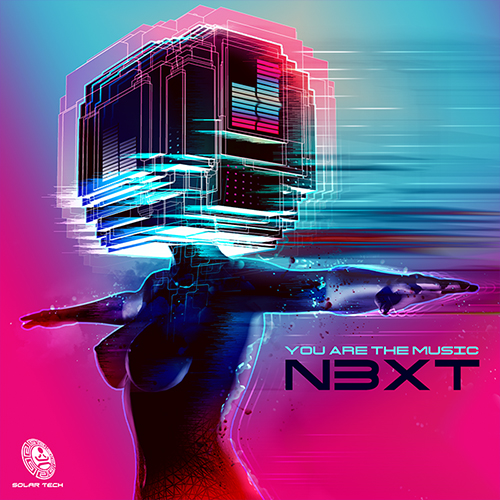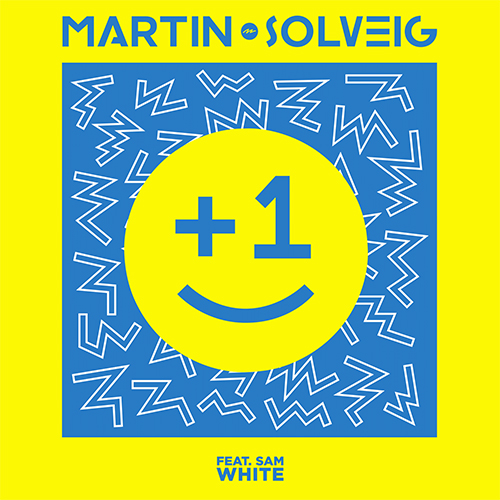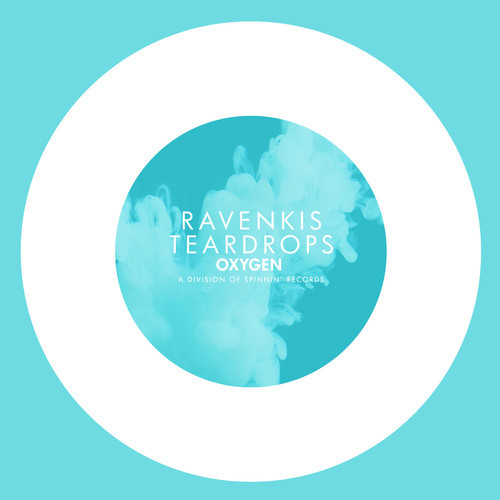-
 play_arrow
play_arrow
Clubalicious Clubalicious Radio
-
 play_arrow
play_arrow
London Calling Podcast Yana Bolder

The TECnology Hall of Fame was founded 21 years ago to spotlight the long and rich history of pro audio and music technologies. Presented since 2015 by the NAMM Museum of Making Music, the TECnology Hall of Fame honors products and innovations that have made significant contributions to the advancement of audio and music technology.
TECnology Hall of Fame inductees are selected by a panel of top producers, engineers, inventors, educators, authors and journalists in the fields of music and audio production, with the only criteria being that any nominee must be at least 10 years old to be considered.
Joining the 185 previous honorees in the TECnology Hall of Fame are five new inductees for 2025.
Product descriptions by TECnology Hall of Fame co-founder George Petersen.
Western Electric Model 47a (1928)
The origins of the Model 47A—one of the first commercial condenser microphones —stems from Western Electric engineer “EC” Wente, whose 1916 patent for a “telephone transmitter” later developed into what we refer to now as the condenser microphone. While crude by modern standards, it outperformed the carbon mics of the time and continued improving into the 394 transmitter (capsule) with a large 1.9-inch, 22-micron aluminum diaphragm yielding a then-unknown 16 kHz response that fueled the impending revolutions in the electrical recording process and motion picture sound.
Paired in a swivel mount with Western Electric’s 1928 model 47A amplifier, a hanging 12-pound, 15-inch cylinder housing the electronics and a 239A triode tube (but not the required 200-volt batteries), the mic found favor in the growing industry for “talkie” movies; it was employed for the 1931 production of the horror classic Frankenstein, among many other films.
Wente’s 394 capsule was also used in other Western Electric condenser microphone variants, such as the “shelf” model mic shown here.
Countryman Associates Type 85 FET Direct Box (1978)
In August 1978, Countryman Associates founder Carl Countryman (1946-2006) elevated the concept of the typical direct box into a high-performance tool for both recording studio and sound reinforcement applications.
The Type 85 FET Direct Box used a low-noise Field Effect Transistor-based amplifier to reduce loading effects by a factor of 200, with one-tenth the distortion compared to a direct box of conventional design. The frequency response was an uncolored, ultra-flat 20 Hz to 20 kHz (±0.5 dB), and THD measured an impressive 0.05% at 1 kHz.
Bass guitarists appreciated the Type 85’s extended low-frequency response and freedom from loading effects. Beyond its stellar audio performance, engineers and techs were impressed by the unit’s near-indestructible extruded box housing that could withstand more than a ton of crushing force; its versatile 9-volt battery or phantom powering; the switchable pickupand speaker-level inputs; ground-lift switch; and effective onboard RF shielding.
It’s no surprise that the Countryman Associates Type 85 FET Direct Box remains in production today, some 47 years later.
E-mu Systems Emulator Series Sampling Instruments (1981)
E-mu Systems laid down the gauntlet for affordable, high-performance sampling instruments in 1981 with its original Emulator. With the arrival of MIDI, the company’s follow-up Emulator II three years later—boasting longer sampling times, powerful sound design filters and a huge library of sounds—took off like a rocket and became a standard both in live performance and studio production, especially when users compared the Emulator II’s $7,995 price to Fairlight’s CMI, which was priced at $30,000 and higher.
Including eight voices—each of which could be assigned to a separate audio output—the EII also featured an onboard 8-track sequencer and MIDI and SMPTE sync. Though limited to a 27 kHz sampling rate and 8-bit samples (played at 14-bit resolution), the Emulator II was a huge success with studios and musicians, with EII sounds being heard on countless hit records and film soundtracks.
E-mu Systems followed the Emulator II with a long series of sample-based products, including the SP-12 and SP- 1200 drum machines; Emulator III/IV; the Proteus and Pro/Cussion series of sample players; and more.
Solid State Logic SL 9000 J Series Console (1995)
SSL made pro-audio history in 1977 with its Model 4000, the first computerized mixing console, which defined the modern studio mixer and set the stage for the era of large analog consoles. But it was the 1995 debut of the SL 9000 J Series—with its redesigned electronics that eliminated electrolytic capacitors in favor of a DCcoupled design, along with E and G Series EQ—that opened the floodgates and solidified the company’s standing as the world leader in console design.
The SL 9000 J’s in-line analog topology with a maximum of 120 channel modules and 48 multitrack buses was clearly intended for the high-end studio market. Among its first adopters were Right Track Recording (NYC, pictured here with recording legends Barry Bongiovi and Frank Fillipetti); Masterfonics (Nashville); Ocean Way Recording (Los Angeles); Record Plant (Hollywood); Starstruck (Nashville); Nippon Columbia (Tokyo); and Studio Guillaume Tell (Paris).
Part of the SL 9000 J’s enhancements included a complete ground-up revamp of the automation computer, providing a sophisticated user interface, including a color monitor/pen and tablet combination, a new version of Ultimation moving-fader automation, and Total Recall, including automation of small faders. And its many options included surround panning and DiskTrack with 128 audio tracks of disk storage with access to up to 96 concurrent record/playback tracks.
Meyer Sound Labs Constellation (2006)
Meyer Sound rocked the live performance world in 2006 with the introduction of Constellation, a system that combines ambient sensing microphones, sophisticated DSP and world-class loudspeakers to modify the reverberant characteristics of a space.
Delivered as a fully integrated, turnkey solution, Constellation was designed as a whole system that includes comprehensive support and equipment, with every Constellation installation tailored to the characteristics and demands of the venue.
The first Constellation installation was into Zellerbach Hall (shown here) on the UC Berkeley campus, a multipurpose, 2,014-seat venue that one night might feature a music performance with the warmth and resonance of a concert hall, while a theatrical presentation in the same space the following night would call for increased intelligibility.
The sound of Constellation is natural because it behaves like a real room, with early reflections generated from stage sound and accurately directionalized, while reverberation comes from a combination of a digital reverberation chamber and a regenerative acoustical structure. The regenerative portion of Constellation incorporates the natural acoustics of the room, rather than ignoring them or trying to overpower them with artificial reverberation.
The TECnology Hall of Fame will be presented at 5:00 pm on Jan. 25, 2025, in the NAMM Member Center at the Anaheim Convention Center. TECnology HOF admission is free to any NAMM attendee.
Written by: Admin
Similar posts
Recent Comments
No comments to show.Featured post

Latest posts
Current show
Upcoming shows

Stardust
Bergwall
07:00 - 08:00
Norwegian Dance Chart
Top 40 Hottest Tracks in Norway
09:00 - 11:00
Fresh Is Fresh
THIS WEEKS HOTTEST DANCE RELEASES FROM DEE JAY PROMOTIONS
11:00 - 16:00
Future Disco
Carley Foxx
16:00 - 17:00
Finnish Dance Chart
Top 40 Hottest Dance Tracks In Finland
17:00 - 19:00Chart













